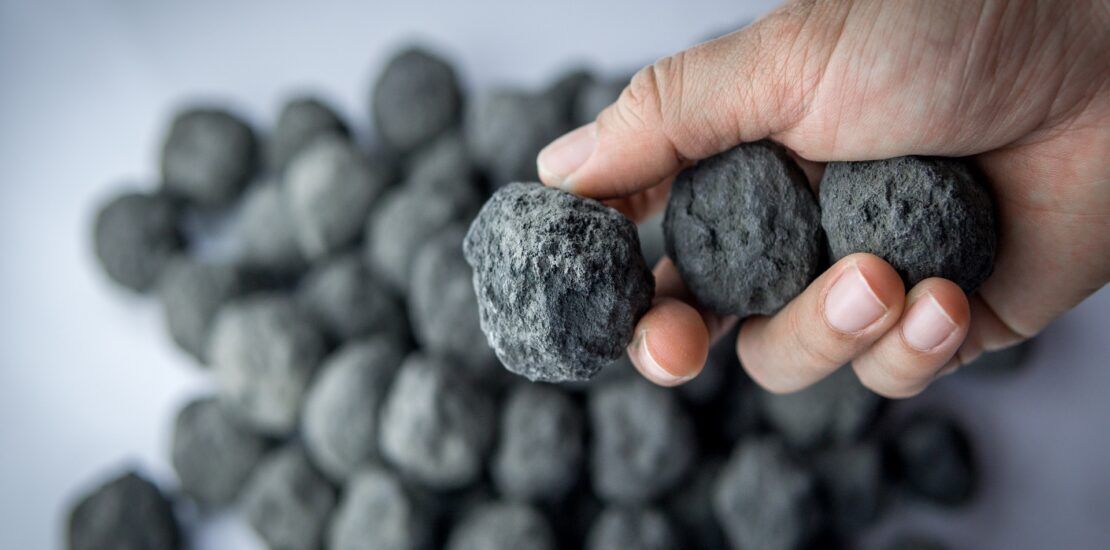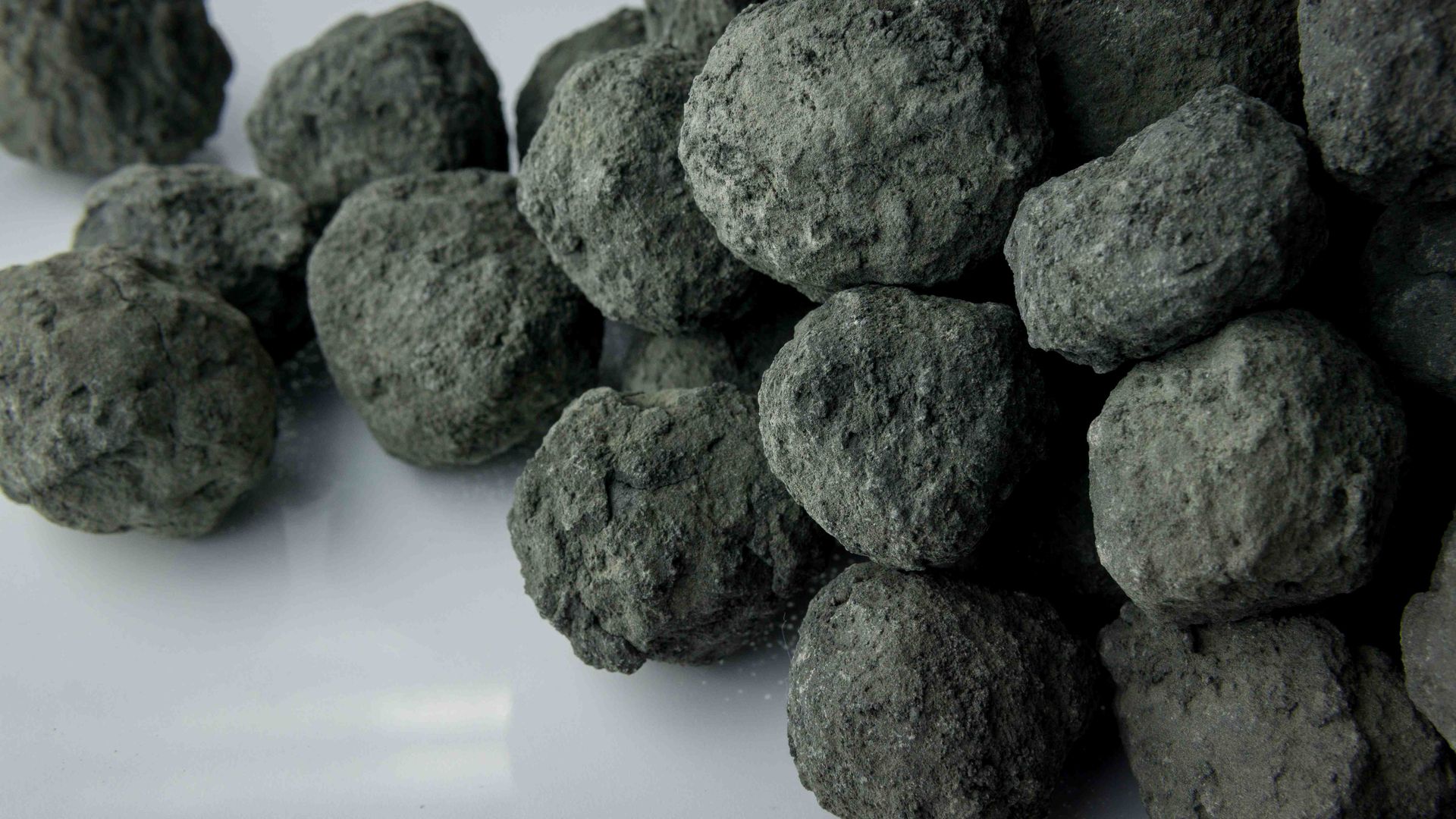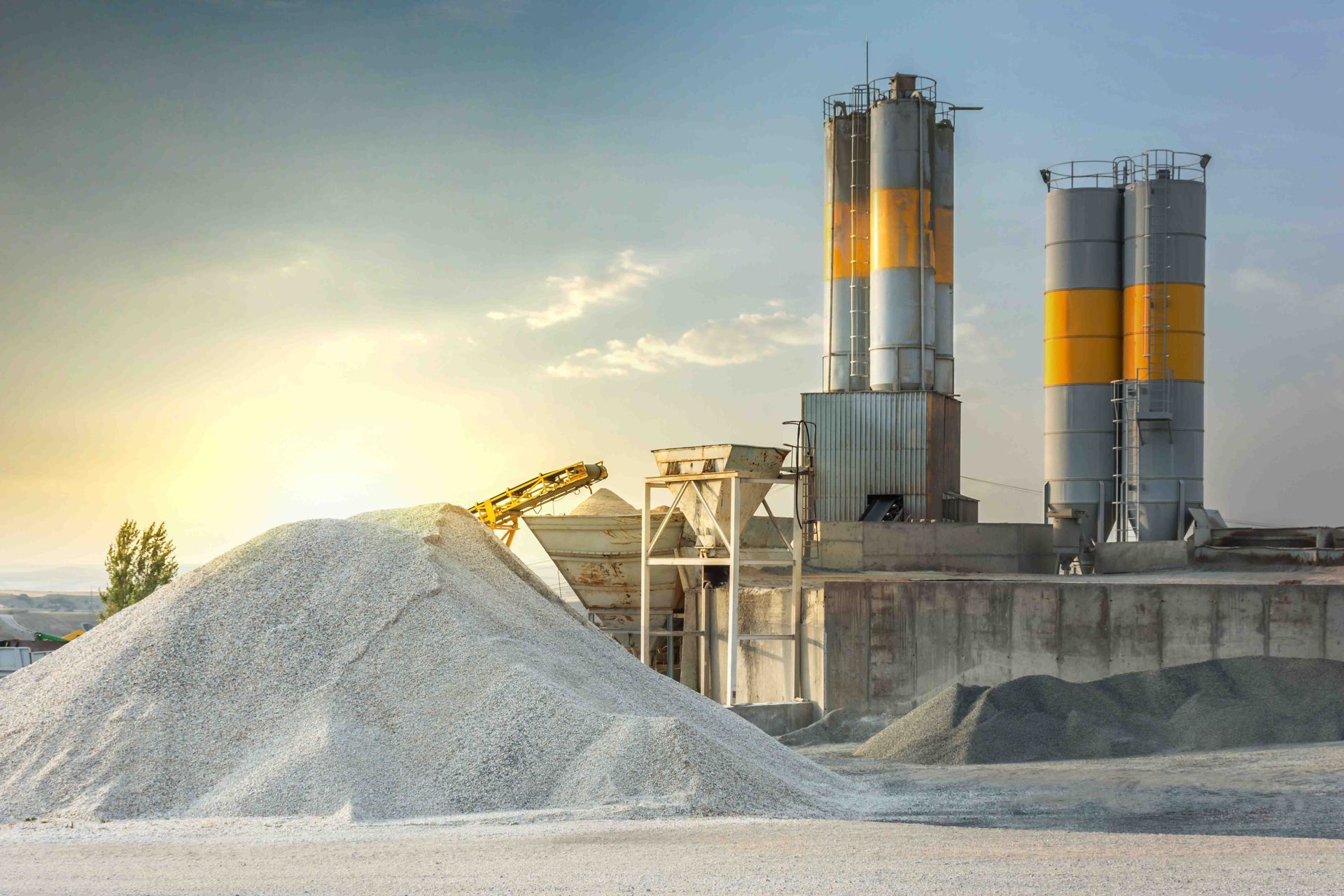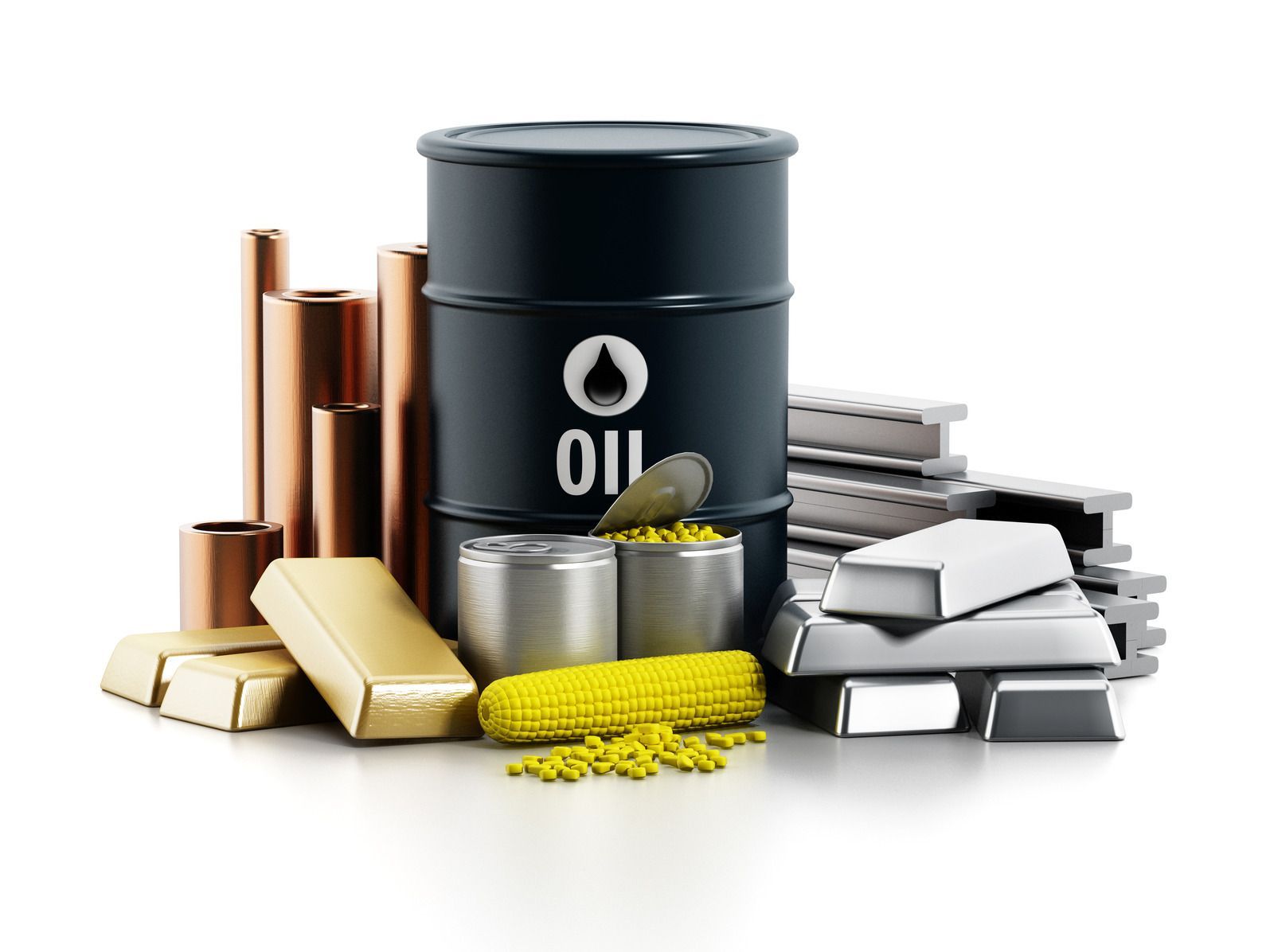What is Cement Clinker? Composition, Types & Uses

What Is a Cement Clinker?
Cement clinker is an intermediary product produced in the manufacturing of Portland Cement. It is solid and occurs as nodules or lumps measuring between 3 mm to 25 mm or 0.12 inches to 0.98 inches in diameter. It is formed by fusing limestone and aluminosilicate materials without melting them to the point of liquefication. The process is also known as sintering.
How Is Clinker Formed?
Portland cement clinker is produced by heating a homogenous mixture of limestone and clay at around 1400° C to 1500° C in a rotating kiln. The products of the chemical reaction form small aggregates or lumps which are grayish in color (depending on the presence of ferrites or iron). These are clinkers and are used after they have cooled down
Composition Of Clinker
The Portland cement clinker has 4 main components. These are –
- Alite ( Ca 3 Si ) – roughly tricalcium silicate (nearly 65% of the total).
- Belite ( Ca 2 Si ) – roughly dicalcium silicate (around 15% of the total).
- Tricalcium Aluminate ( Ca 3 Al ) – roughly tricalcium aluminate (almost 7% of the total).
- Calcium Aluminoferrite ( Ca 4 AlFe ) – roughly tetra calcium aluminoferrite (approximately 8% of the total).
Other Substances Present In Clinker
Other than the components mentioned above, clinker may also have small amounts of:
- Low-Temperature Phases – different intermediary chemical species that have evaded more thermal processing, like:
- Spurrite – Ca 5 (SiO 4 ) 2 (CO 3 )
- Ternesite – Ca 5 (SiO 4 ) 2 (SO 4 )
- Ellestadite – Ca 10 (SiO 4 ) 3 (SO 4 ) 3 (OH) 2
- Ye’elimite – Ca 4 (AlO 2 ) 6 (SO 4 )
- Salt Phases – different combinations of positive ions (cations) of potassium, sodium, and calcium with negative ions (anions) of chloride and sulfate anions, like:
- Arcanite – K 2 SO 4
- Calcium Langbeinite – K 2 Ca 2 (SO 4 ) 3
- Aphthitalite – K 3 Na(SO 4 ) 2
- Sylvite – KCl
General Percentage Of Ingredients In Clinker
| Ingredient | % In Cement |
| Lime | 60% to 65% |
| Silica | 17% to 25% |
| Alumina | 3% to 8% |
| Magnesia | 1% to 3% |
| Iron Oxide | 0.5% to 6% |
| Calcium Sulfate | 0.1% to 0.5% |
| Sulfur Trioxide | 1% to 3% |
| Alkaline | Nil to 1% |
Types Of Clinker
There are 5 main types of clinker. Here is a brief overview of them:
- Sulfate Resistant Clinker – The composition of this type of clinker is alite 76%, belite 5%, tricalcium aluminate 2%, tetra calcium aluminoferrite 16%, and free calcium oxide 1%. In recent years the production of this type of clinker has diminished as it is now possible to get sulfate resistance by making use of granulated blast furnace slag in cement manufacturing.
- Low Heat Clinker – This type of clinker consists of alite 29%, belite 54%, aluminum tricalcium 2%, and tetra calcium aluminoferrite 15%. It has minuscule amounts of free lime. Low heat clinker is no longer under production. It is because one can get the same low heat properties from ordinary clinker and crushed, granulated blast furnace slag.
- White Clinker – The white clinker comprises alite 76%, belite 15%, aluminum tricalcium 7%, no tetra calcium aluminoferrite as it diminishes the whiteness, and 2% free lime. White clinker is used for making white cement which, in turn, is used for artistic and aesthetic purposes. Typically, a large portion of the white cement is used in precast concrete applications.
- Low-Alkali Clinker – There are two ways to achieve the decrease of alkali content in the clinker. These are:
- Substituting the raw-mix alumina supply with an alternative component. In this manner, what you get is a more expensive product that is from a distant source.
- The other way is to install or add an “Alkali bleed.” The purpose of the bleed is to remove some of the high-temperature gasses within the kiln as it is these gasses whose fume contains the alkali. The drawback of installing a bleed is that it results in the wastage of heat.
- Belite Calcium Sulfoaluminate Ternesite or BCT – Everybody is rising to their environmental responsibility these days. Cement manufacturers, too, have joined the bandwagon. BCT is a type of clinker that has 30% less carbon dioxide emission. Its production is more energy-efficient as well because the manufacturing process consumes around 15% less electricity. So it is fair to say BCT is a type of green clinker.
Uses Of Clinker – For Making Cement
Clinker is mixed with some additives and crushed into a fine powder to be used as a binder in many cement products. Depending on what properties are desired of the cement, different materials are added. Nevertheless, one core substance that is always added is “Gypsum,” as it avoids the instant setting of the tricalcium aluminate. Gypsum not only regulates the setting time of cement but also gives it compressive strength. Triethanolamine, ethylene glycol, oleic acid, and dodecyl-benzene sulphonate are some of the additives used in the clinker. It is also combined with other active ingredients or materials to produce different types of cement, like:
- CEM I : unadulterated Portland clinker (Ordinary Portland Cement, OPC).
- CEM II : blended cement with a small addition of blast furnace slag (BFS) or limestone filler.
- CEM III : BFS-OPC blast furnace cement.
- CEM IV : pozzolanic cement.
- CEM V : composite cement (having significant amounts of BFS, fly ashes, or silica fume).
The above CEM nomenclature is according to the European EN 197 – 1 standard.
The main use of clinker is to produce cement. Since clinker is a hard nodular substance, it can be stored for months at an end under dry conditions. Due to its shape and size, clinker is easy to handle, and that is one of the biggest reasons why it is traded internationally in substantial quantities. In places where the raw materials for cement are either unavailable or scarce, cement manufacturers purchase clinker from mass manufacturers, grind it, and add it to their own clinker at their cement plants.
As We End
Clinker is the mainstay or spine of cement production. Essentially, it is a mix of limestone and minerals. These are heated together in a rotary kiln at high temperatures – the chemical transformation results in small nodular aggregates, which is the clinker. The components of the clinker decide the properties of cement. As of today, the most common use of clinker is in the manufacturing of Portland Cement.
Disclaimer: The information on this website and blog is for general informational purposes only and is not professional advice. We make no guarantees of accuracy or completeness. We disclaim all liability for errors, omissions, or reliance on this content. Always consult a qualified professional for specific guidance.






